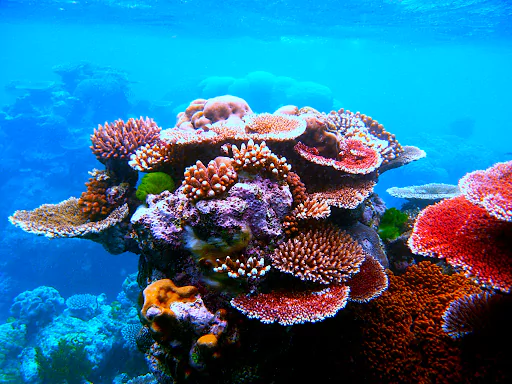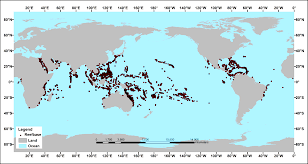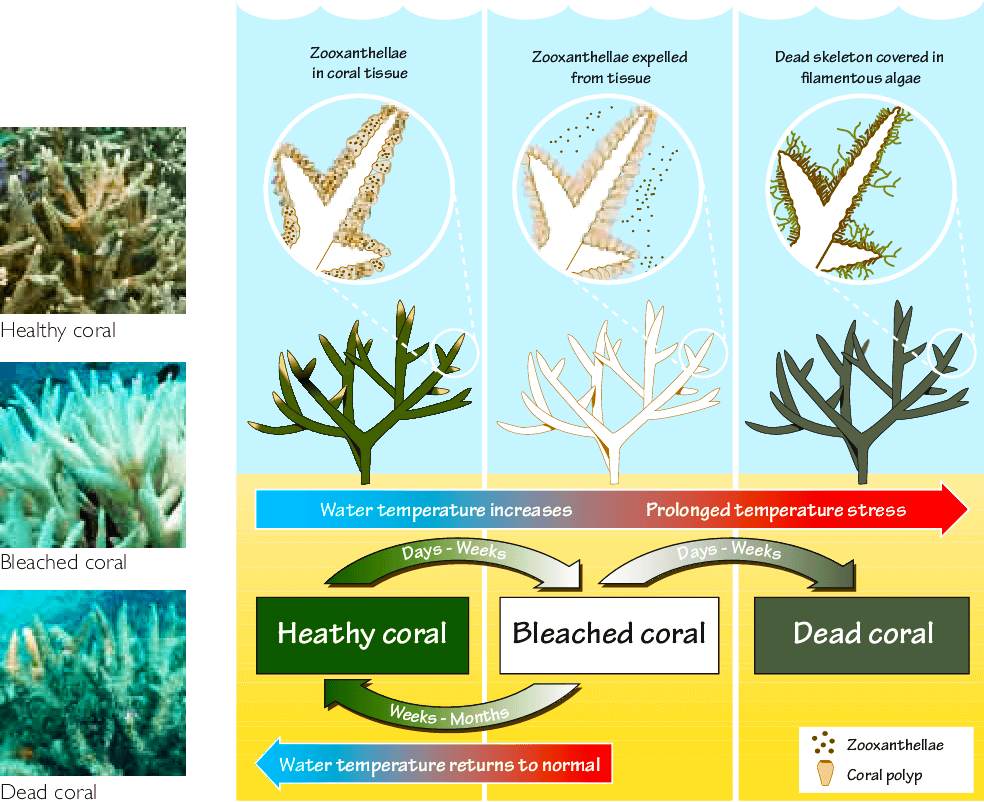A widespread coral bleaching event spread over two-thirds of the Great Barrier Reef Marine Park was observed by aerial surveys conducted.
Barrier Reef:
The Great Barrier Reef of Australia:
|

 Coral reefs are also called the “rainforests of the sea” as they form some of the most diverse ecosystems on Earth.
Coral reefs are also called the “rainforests of the sea” as they form some of the most diverse ecosystems on Earth. Coral reef bleaching indicates a stress response which enables them to recover, depending on the intensity of heat stress and its duration, however prolonged or intense heat can prove fatal to corals.
Coral reef bleaching indicates a stress response which enables them to recover, depending on the intensity of heat stress and its duration, however prolonged or intense heat can prove fatal to corals.News Source: DTE
| Must Read | |
| NCERT Notes For UPSC | UPSC Daily Current Affairs |
| UPSC Blogs | UPSC Daily Editorials |
| Daily Current Affairs Quiz | Daily Main Answer Writing |
| UPSC Mains Previous Year Papers | UPSC Test Series 2024 |
To get PDF version, Please click on "Print PDF" button.
<div class="new-fform">
</div>
